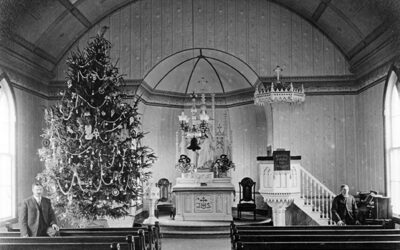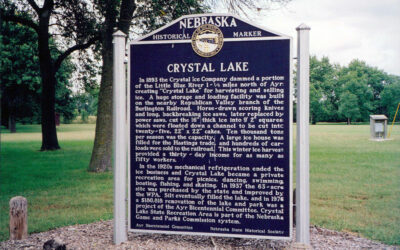In the late 1820s most Pawnee believed the U.S. Army was weak and ineffectual and boasted that in a fight “the Americans could be used up like Buffaloes in a chase.” The attitude prevailed at a time when the Pawnee were possibly the most powerful tribe on the Plains and when they were just beginning to feel pressure from white Americans. U.S. citizens were crossing Pawnee lands to reach the rich beaver streams in the Rocky Mountains and beyond and the Pawnee viewed them as trespassers. Some whites said they had been robbed. The Pawnee said it was just a toll for crossing their land. On a few occasions the confrontations escalated and whites were killed.
Observant visitors to the Plains recognized the potential for more violence. In 1823 Paul Wilhelm, a tourist from Germany, visited the Pawnee and warned they “are extremely proud and should they become hostile they would be exceedingly dangerous.” Somewhat later, the Omaha chief Big Elk visited the commander of Fort Atkinson and voiced his amazement at the army’s favorable treatment of the Pawnee.
The army could not ignore the possibility of a Pawnee war. The tribe could muster over 2,000 warriors at a time when the entire American Army consisted of only about 5,800 troops. As a result Lt. George Wright was sent to investigate the tribe’s intentions and to assess the likelihood of a war. Wright and his small detachment of Third Infantry soldiers left Fort Leavenworth in late February 1829. He returned to Fort Leavenworth and submitted his report on April 11.
Wright acknowledged that some Pawnee were guilty of robbing and even killing whites but concluded by saying that it was his “entire conviction that the Pawnees never entertained the most distant intention of prosecuting an open war with the United States.” Wright went on to urge that “decisive measures” be initiated to halt the comparatively minor attacks on the whites. However, military planners had neither the troops nor money to mount the kind of offensive that would be necessary.
Although no peace treaties were signed and no campaigns were launched the threat from the Pawnee began to diminish within months. In the early fall of 1831 the tribe was decimated by an outbreak of smallpox. In spite of their tragic circumstances they continued to defend their land, but it was a hopeless effort. In 1854 they were placed on a reservation in what is now Nance County, Nebraska, where they lived for approximately twenty years before being moved to another reservation in Oklahoma.



